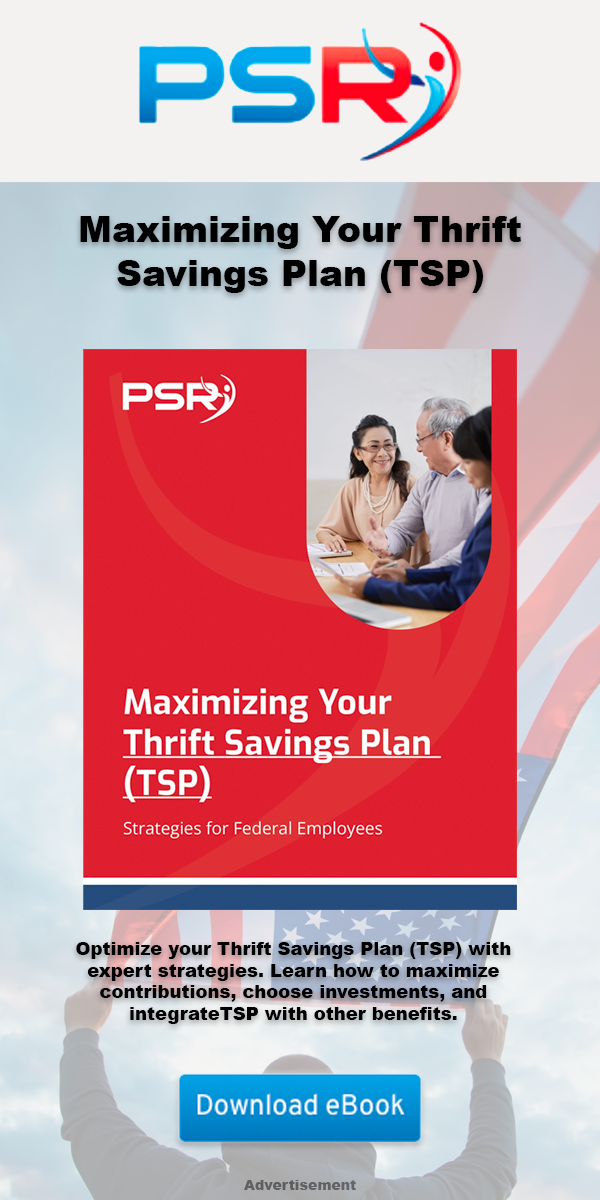Key Takeaways:
- Retirement Benefits for USPS Workers Are Changing: USPS employees moving into retirement will experience new health plan rules and cost structures, so it’s essential to know what’s shifting.
- Medicare Integration is a Big Deal: As you prepare for retirement, understanding Medicare integration is crucial for accessing the best possible health coverage.
Navigating Your USPS Retirement Benefits Under New Health Plan Rules
If you’re a USPS employee, big changes are on the way for your retirement benefits, particularly in health coverage. In 2025, USPS employees will shift from the Federal Employees Health Benefits (FEHB)
- Also Read: The Best FEHB Plans for 2025: Which One Fits Your Lifestyle and Budget the Best?
- Also Read: Special Retirement Options for FAA and LEO Employees: Are You Taking Advantage of What’s Available?
- Also Read: Federal Employee Benefits You Didn’t Know Could Give Your Wallet a Serious Boost in Retirement
What the New PSHB Means for You
The Postal Service Health Benefits (PSHB) program was created specifically for postal employees and retirees to address unique healthcare needs and cost considerations. Unlike the broader Federal Employees Health Benefits (FEHB) program, the PSHB will provide options that are exclusively for USPS workers and their families.
For retirees, the biggest adjustment under PSHB will involve Medicare. If you’re currently retired or about to retire, you need to be aware of Medicare’s role in your health coverage. For those who retire after January 1, 2025, it will be mandatory to enroll in Medicare Part B as soon as you’re eligible if you want to stay in the PSHB program.
What Medicare Integration Means
Medicare integration is a change aimed at streamlining costs while enhancing the level of health coverage USPS retirees receive. For employees retiring in 2025 and beyond, this integration with Medicare Part B allows PSHB plans to cover expenses Medicare might not fully address, thus reducing out-of-pocket costs. Existing retirees who already have Medicare Part B will also see the benefits of integrated coverage through PSHB.
How PSHB Health Benefits Will Be Structured
PSHB plans will generally follow a similar structure to the FEHB in terms of what’s covered—though some benefits may differ. USPS retirees enrolled in PSHB will receive access to a range of plans with options that could offer different premiums and out-of-pocket limits. However, the main difference lies in eligibility requirements and Medicare integration for retirees.
Key Cost Changes to Be Aware Of
Under PSHB, health plan premiums may shift from what you’re used to with FEHB. Because Medicare will be integrated, PSHB is expected to adjust its premium structures for retirees enrolled in Medicare, potentially lowering overall costs for those who actively use both Medicare and PSHB. However, if you’re not enrolled in Medicare Part B by the time you retire (post-January 1, 2025), your PSHB coverage could be limited or require additional costs.
Planning for Medicare Enrollment
The Medicare Part B enrollment requirement is one of the most significant aspects of the PSHB program for USPS retirees. If you’re already retired and enrolled in Medicare, you’ll be able to stay in PSHB without issue. But if you’re nearing retirement, it’s essential to ensure that you’re set up for Medicare enrollment at age 65 to maintain your health benefits.
Timing Your Medicare Enrollment
If you plan to retire after January 1, 2025, and are eligible for Medicare Part A, enrolling in Medicare Part B will be essential to keep your PSHB coverage intact. Medicare enrollment windows are strict, so staying informed about the timing of your enrollment is critical. Missing this window could result in late enrollment penalties, which can impact your premiums and limit the types of coverage you’ll have access to within PSHB.
What Happens If You’re Already Retired?
For those already retired as of 2024, the Medicare Part B requirement does not apply unless you’re already enrolled in Part B. You’ll automatically be transitioned to a PSHB plan based on your existing FEHB coverage, with no immediate actions needed on your part. However, it’s a good idea to review your plan options during the Open Season, as the PSHB will offer different options that could better suit your health and financial needs.
Reviewing Your Options During Open Season
Starting in 2024, Open Season will be especially important for USPS retirees. This period, running from November 11 to December 9, 2024, is when you can evaluate your PSHB plan choices and make any adjustments to your benefits for the coming year. Open Season is your opportunity to confirm that your health plan will meet your needs, especially given the Medicare integration, and to explore available cost-saving options.
Health Benefits for Dependents and Survivors
If you’re considering the implications of PSHB on your family, rest assured that the new program will provide benefits for eligible dependents and survivors, similar to FEHB. For example, if you have a spouse or dependent children who rely on your health benefits, they will be able to maintain coverage through PSHB as long as they meet the eligibility criteria. Survivors will also have the option to continue coverage if they were covered under your plan prior to your passing.
Ensuring Continued Coverage for Family Members
To maintain seamless coverage for your dependents, make sure they are included in your PSHB plan enrollment. You may want to review how PSHB aligns with Medicare coverage for dependents as well, especially if you and your spouse are both covered. Open Season is the time to review and make changes to family coverage, ensuring everyone’s health needs are addressed without interruption.
Preparing Financially for the Switch to PSHB
As you prepare for retirement, budgeting for healthcare costs under PSHB is an important step. Here’s what to keep in mind:
- Plan for Medicare Premiums: Since Medicare Part B will be mandatory for new retirees to keep PSHB benefits, factor in the Part B premium.
- Evaluate Plan Premiums: While PSHB is anticipated to adjust premiums due to Medicare integration, comparing plans to find one that fits your needs and budget is essential.
- Out-of-Pocket Costs: Be aware of annual out-of-pocket maximums, as these will cap the amount you may need to spend on covered services each year.
Saving for Future Health Costs
Consider setting aside savings for healthcare expenses or utilizing accounts such as Health Savings Accounts (HSAs) if you’re currently eligible. These savings can be a resource to offset Medicare and PSHB-related costs in retirement.
Staying Informed and Planning Ahead
With the new PSHB program, USPS employees and retirees face a changing landscape of health benefits. Keeping track of Open Season deadlines, Medicare requirements, and plan details will help ensure that you make the most of these benefits as you retire. This transition to PSHB is a significant change, but it also offers USPS employees and retirees new opportunities to optimize their health coverage.
Looking to the Future with Confidence
The shift to PSHB may seem complex, but USPS employees have tools and resources to navigate it effectively. By planning ahead, staying informed, and reviewing options annually, you can move confidently toward a stable and well-supported retirement.











